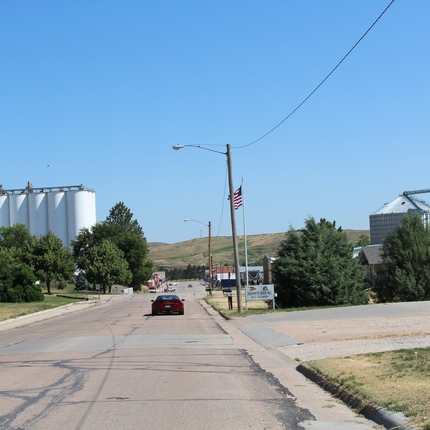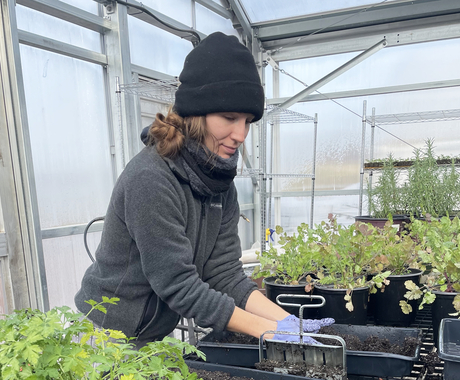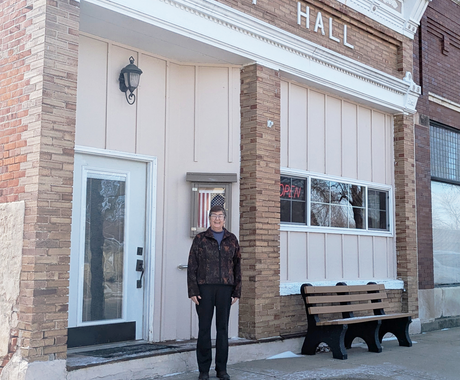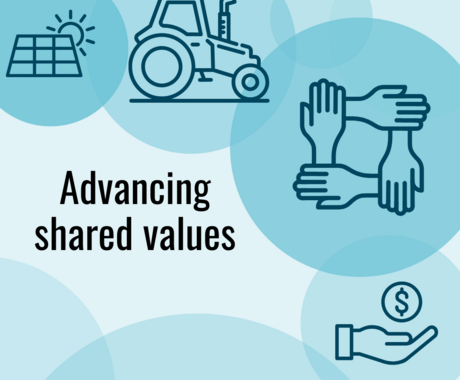By Cody Smith and Teresa Hoffman, former staff members.
As each of us continues to adapt to the ongoing COVID-19 pandemic, it has become abundantly clear—taking care of our community is a crucial component of our way of life in rural Nebraska. We continue to hear stories of neighbors helping neighbors and families pitching in to lend a helping hand. This unprecedented situation has created real economic hardships for many rural Nebraskans, leaving many of us searching for ways to help out.
So, if you find yourself in a situation with a little more downtime than usual, or are simply looking for ways to help advocate for your community, here’s a list of activities you can do while social distancing that support Nebraska’s rural communities.
Take a minute to analyze what the Legislature has been up to and share your thoughts with us and your state senator
Legislative Bill (LB) 996 → With schools closed, learning has moved from Nebraska classrooms to homes, with many districts using online platforms for lessons. Many businesses have also asked employees to work from home and have relied on programs, such as Google Hangouts, Zoom, and Skype for meetings and other employee interactions. For many people in rural and low- to moderate-income areas, obtaining broadband access can be difficult, and even when available, cost-prohibitive. Prior to postponement of the session, the Broadband Data Improvement Program was advanced to enrollment and review and final reading. This program will make sure the state is able to fully access federal broadband grant programs by complying with data verification requirements set forth by the Federal Communications Commission. The legislation seeks to ensure the accuracy of broadband service mapping to improve opportunities for investment and deployment.
- Midlands Voices: Bill can boost rural broadband in Nebraska communities
- Senator, rural residents voice support for bill to improve rural broadband access
- Lack of broadband connection sparks a rural advocate
LB 1116 → The school buildings where Nebraska students spend much of their day can help shape habits and curb our state’s levels of obesity by increasing access to and the consumption of water by students. Right now, schools are asked to follow two conflicting requirements when planning for new school construction. LB 1116 sets one standard. The bill would also ensure at least one drinking fountain would be installed on each floor of a new school building, a practice widely accepted among Nebraska schools. The bill only applies to new school construction. Read more about the bill:
- Bill seeks to add more school water fountains
- Addressing obesity through school water access
- Addressing Obesity in Nebraska’s Youth: Water Consumption in Schools
Identify ways you can adapt to a changing climate while supporting your community
"Building Climate Resiliency," a series of four fact sheets focusing on building rural resiliency in the face of climate change, offers tips and information for educators, rural entrepreneurs, homeowners, and farmers and landowners.
Make sure you are counted
By now, you have most likely received a postcard or letter in your mailbox inviting you to participate in the 2020 Census. We encourage you to do your part by taking time to fill out the census online, per the instructions mailed to you. Set forth as an effort to count everyone in the U.S., the data collected as part of the census impacts everyone who is, or is not, counted. At its most basic level, data collected through the census ensures equal representation in government, the distribution of federal tax dollars back to states, and provides much-needed data and counts. With this data, policy and decision makers at all levels of government, as well as sectors of business, industry, and services, can make informed decisions. For more information, visit 2020census.gov or nebraskacounts.org.
Explore if your community is a good fit for clean energy, like wind and solar
The growth of the solar industry has brought a wave of new projects to Nebraska, including a community solar farm in Scottsbluff that's expected to save the city more than $2 million in energy costs over 25 years.
Wind energy developed across the U.S. has brought significant opportunity to rural communities, with new projects generating clean energy, in addition to economic benefits for nearby towns and rural areas.





